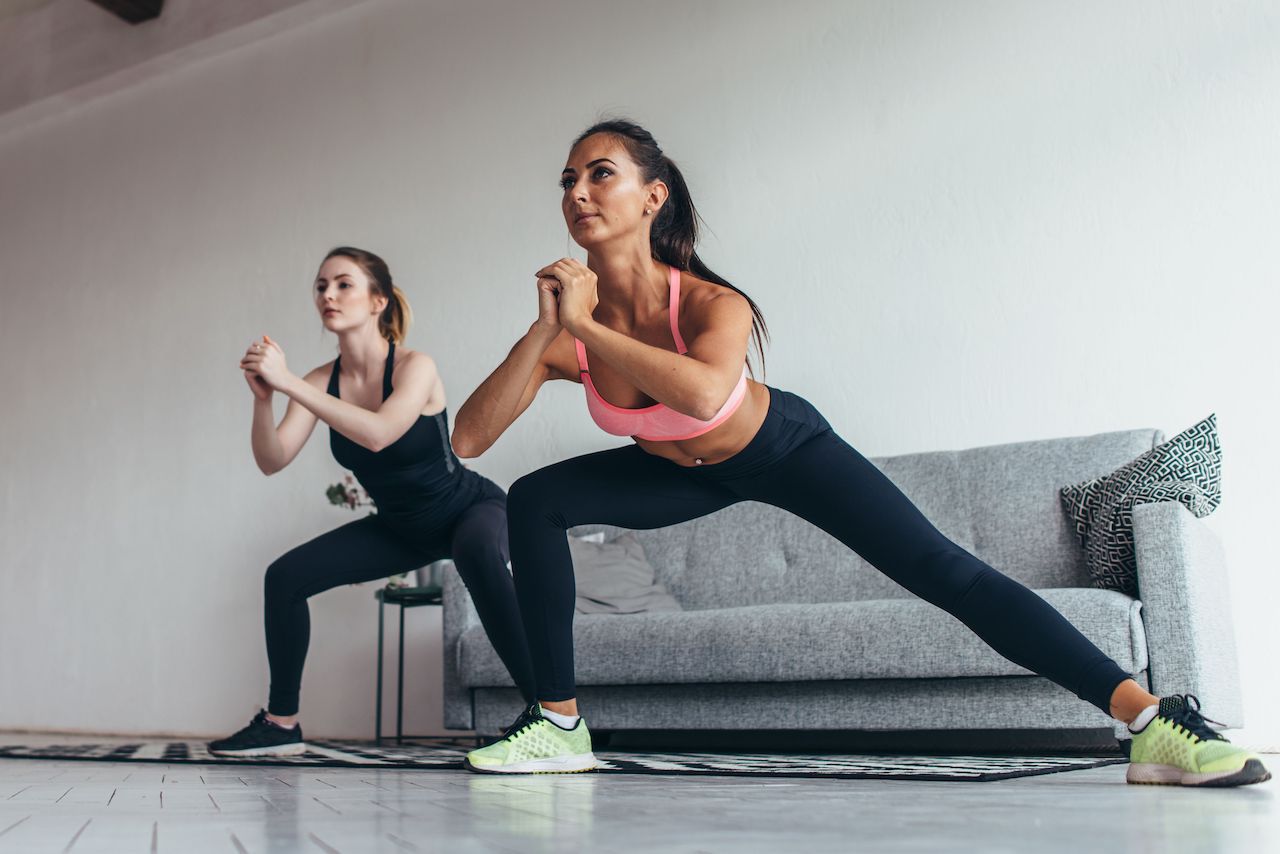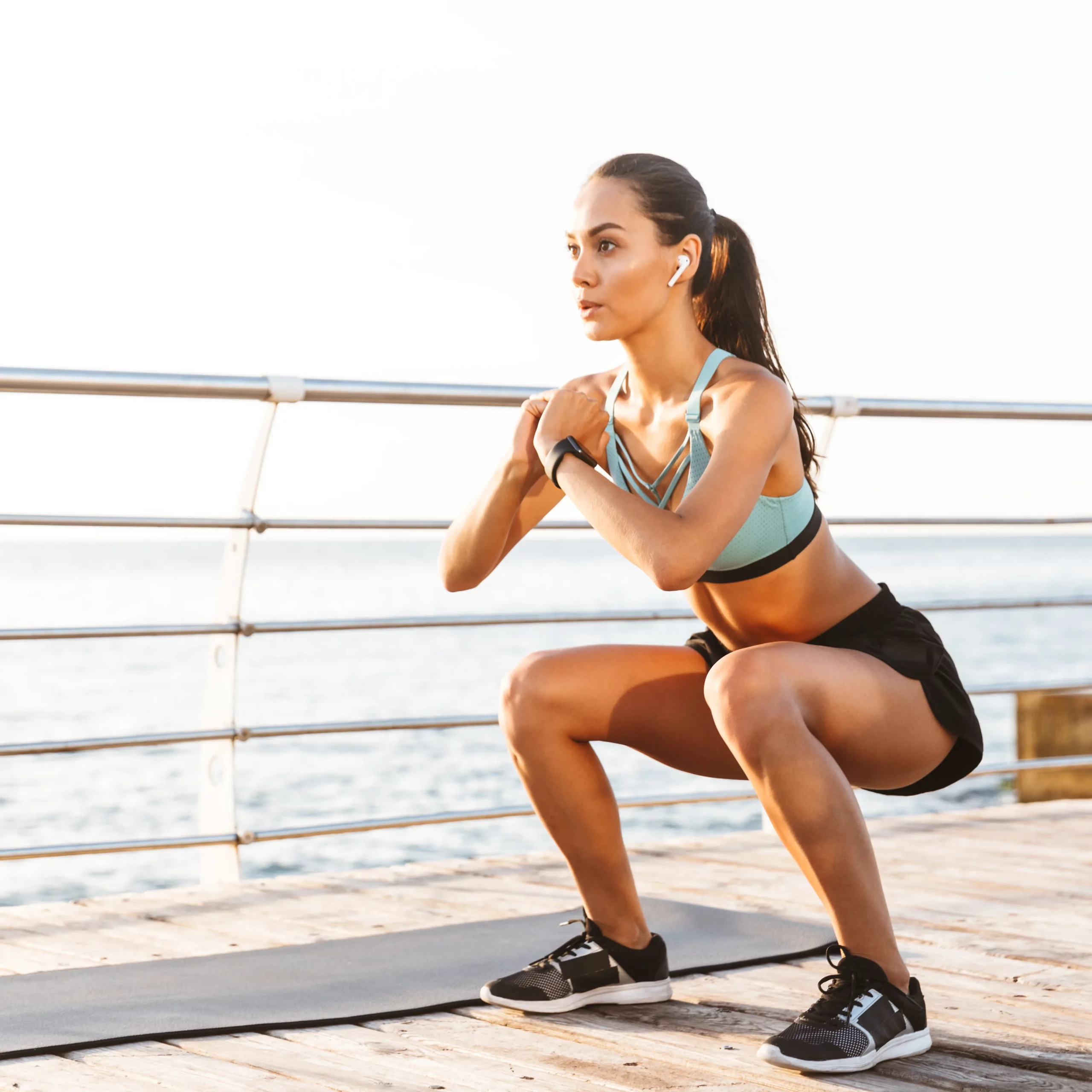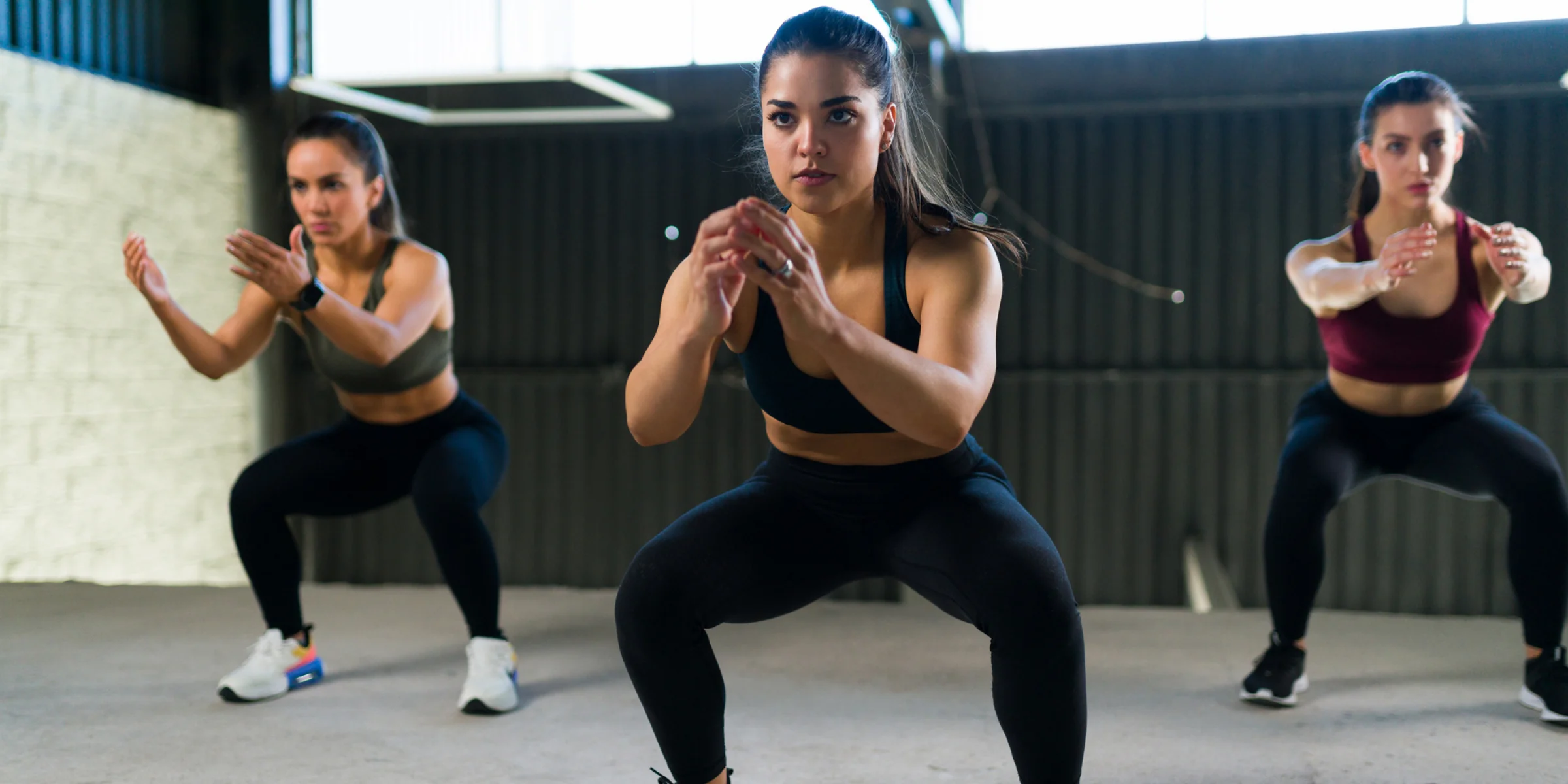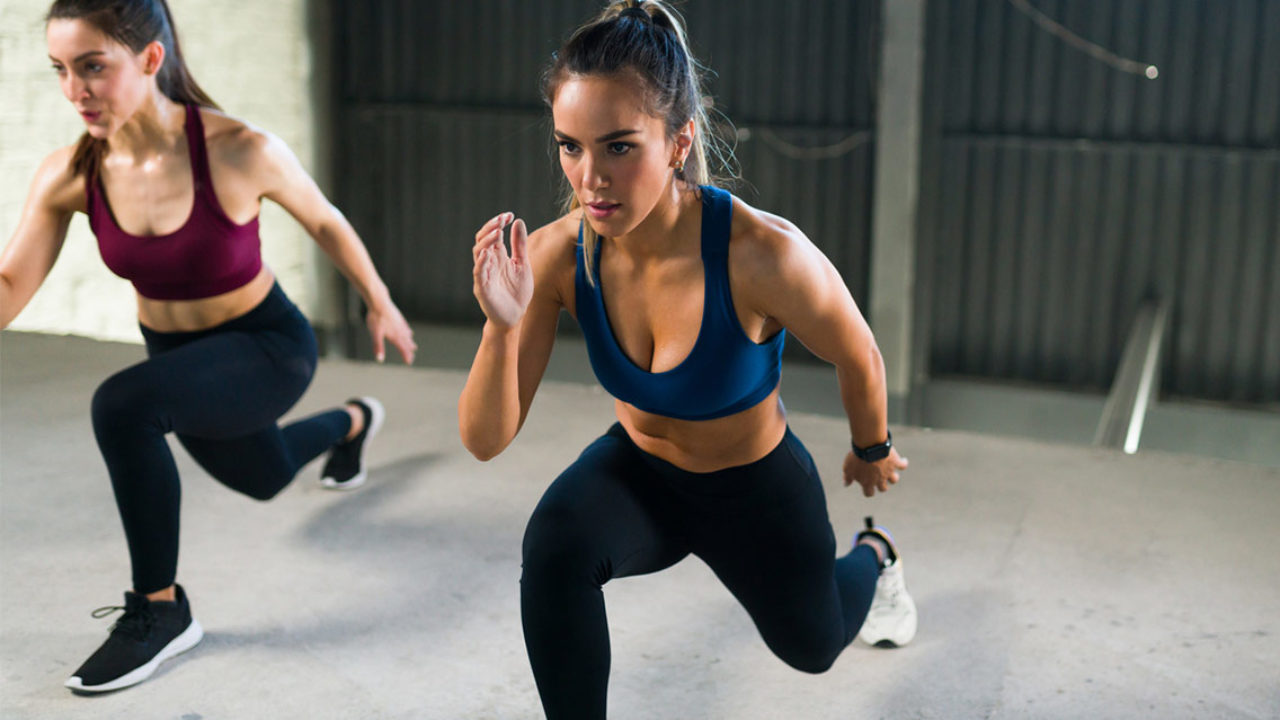When it comes to lower-body strength training, squats and lunges are the dynamic duo you don’t want to overlook. These exercises are foundational pillars in any fitness routine, offering a multitude of benefits for your muscles and overall strength. Whether you’re aiming to build muscle, improve your balance, or enhance your athletic performance, mastering the squat and lunge can take your fitness journey to the next level.

This guide provides a thorough comparison of squat vs lunge – analyzing differences in muscles worked, proper form and technique, safety considerations, and how to add them to your workout routine.
Contents
Squat vs Lunge: A Comparative Analysis
Why Do Lunges Hurt More Than Squats?
When comparing lunges to squats, lunges may cause more discomfort due to the unilateral nature of the exercise. Lunges challenge each leg individually, requiring stronger stabilization muscles. This can lead to muscle soreness as these muscles are not as frequently used in daily activities compared to bilateral movements like squats.
Another reason for the increased discomfort with lunges is the greater range of motion involved. Lunges require a deeper knee flexion as you descend, which can put more stress on the muscles and joints, leading to a greater sensation of discomfort.
Additionally, lunges emphasize balance and agility, requiring more coordination and core stability than squats. This increased demand for these aspects can lead to a perception of difficulty and discomfort, especially for beginners or those with limited balance and stability.
To minimize the discomfort experienced during lunges, it’s crucial to focus on proper form, starting with bodyweight lunges, and gradually increasing intensity as strength and balance improve. Incorporating dynamic stretches and warm-ups can also help prepare the muscles for the workout, reducing the likelihood of excessive soreness post-exercise.
Frequently Asked Questions
Can squats and lunges replace each other in a workout routine?
While squats and lunges both target the lower body, they each have unique benefits and challenges. Squats are excellent for building overall lower body strength and mass, focusing on the quadriceps, hamstrings, and glutes. Lunges, on the other hand, provide a more dynamic balance challenge and can better target muscle imbalances and the stabilizing muscles of the legs and hips. Instead of replacing one with the other, incorporating both exercises into your routine offers a more comprehensive approach to lower body fitness, enhancing strength, balance, and functional movement.
Are lunges better than squats for people with knee problems?
It depends on the individual’s specific knee issues and how each exercise is performed. Lunges can place more direct stress on the knee joint, especially if the form is not correct, potentially exacerbating knee pain for some individuals. However, because lunges are performed one leg at a time, they can be easily modified to accommodate knee discomfort. Squats can also be modified to reduce knee strain by limiting depth, adjusting stance width, or changing foot orientation. Individuals with knee problems need to consult with a healthcare provider or a fitness professional to tailor exercises to their needs.
How often should I do squats and lunges to see results?
The frequency of performing squats and lunges in your workout routine depends on your fitness level, goals, and overall exercise plan. Generally, incorporating these exercises 2-3 times per week on non-consecutive days allows for muscle recovery and growth. For beginners, starting with bodyweight squats and lunges is advisable to focus on form and gradually build strength. As you progress, you can increase the intensity with weights or variations. Consistency is key; with regular practice, improvements in strength, muscle tone, and endurance can typically be seen within a few weeks to months.

Hello, I’m Ravindra. Over the years, I’ve immersed myself deeply into the world of fitness and health, transforming both my body and mind. Writing has allowed me to share my journey, insights, and expertise with those just starting out and seasoned fitness enthusiasts alike. Beyond just routines and diets, I believe in inspiring others to adopt a holistic approach to well-being.



